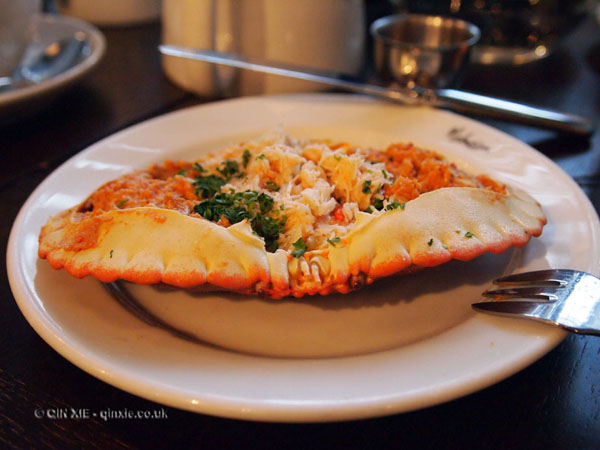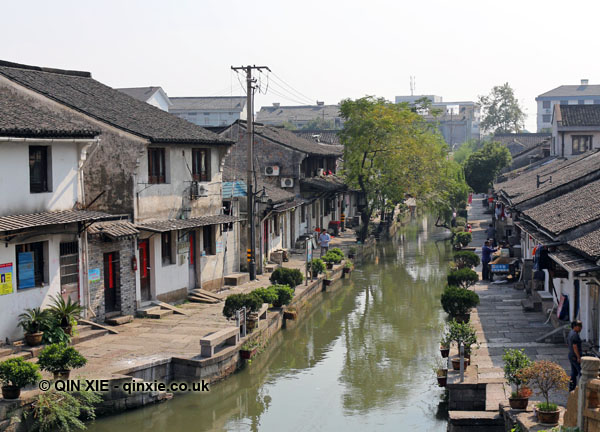On the booming tea industry in Asia
This is a piece I wrote for Momentum Travel, first published in 2016. It’s reproduced here as Momentum has since folded.
In a cozy room furnished with hand-carved mahogany armchairs, Chinese watercolors and precisely trimmed bonsai, I’m handed a dullish gray teapot.
It’s permanently installed at this inconspicuous teahouse, just one of a few thousand in the city of Chengdu, where the best teas are sold at an eye-watering 2,000 yuan (about $300) per gram.
Cosmopolitan Chengdu, a second-tier city in southwest China, was once an important stop on the ancient Tea Horse Road, the Southern Silk Road that brought tea and horses into central China from Yunnan province on the Myanmar border and Tibet in the west.
The pot is custom-made from solid silver, I’m told, and costs some 10,000 yuan ($1,500)—about a quarter of the average annual salary in China.
Even in this tea-obsessed city, it’s unusual to own such an item, let alone leave it at your favorite teahouse.
No names are mentioned but, when I ask, a subtle upward curve of the hostess’ lips confirms that its owner is a developer who made his fortune during the city’s property boom.
It’s certainly an extravagant scenario. But it barely scrapes the surface of the financial sums that can change hands among tea connoisseurs in pursuit of their obsession.
Da Hong Pao, the rarest of teas
Take the tea known as Da Hong Pao, or Big Red Robe, as an example.
The story goes that the name originated from a set of crimson robes an emperor issued to six specific bushes as recognition of their quality, and no doubt designating their leaves exclusively for royal consumption.
A small amount of the tea, variously documented as 50g and 200g, was supposedly gifted to US President Richard Nixon during his state visit to China in 1972.
When you consider that at a rare auction in 2002, a mere 20g of the leaves (barely enough for four cups of tea) fetched an astonishing 180,000 yuan ($27,350), even 50g becomes an impossibly precious amount.
It’s not just prices that make the fine tea market so exclusive. Supply is also an issue.
The three-century-old Da Hong Pao bushes haven’t produced any leaves since 2005 and meager offerings before that had long been reserved for state gifting following the fall of the imperial court.
Needless to say, the best teas are highly coveted – just like the most sought-after wines. But there are other similarities too.
The pursuit of flavour
Like old vines, the oldest bushes often produce the best leaves as their flavours linger over several steeps, each time presenting a different nuance to the palate.
And although most leaves are consumed within a year of picking, it’s also possible to age teas and discover the evolution of vintages.
“If a tea is aged well, it will have a different flavor but it’s not necessarily better,” says Alex Lim, owner of Eagle Tea Merchant in Singapore.
“It’s the storage condition rather than the age that determines the quality.”
A tradition of secrecy
Curiously, there’s no real brand association with fine teas.
There are locally known brands but no tea equivalent of Lafite or Latour or indeed cult favourites like Screaming Eagle and Sassicaia.
Instead, tea in China is sold according to style – derived from the genus of the plant, the area and the method of production.
Perhaps it’s because until recently land and tea factories were largely if not wholly state owned, or because the market is simply too large and segregated for brands to work.
Historically, farmers just tended the bushes.
It was dealers and merchants who paid for artisans to anonymously process the leaves, some even retaining their services to create the best teas year after year.
It was in the dealer’s interest to hide new regions, to a certain extent, so they could sell high-quality teas without paying high prices for the leaves.
Lim recalls a story about Bo He Tang teas.
“It was undiscovered for a long time because it was deep in the forest,” he says, describing how farmers discovered a small crop of 30 or so old bushes in Yunnan’s Yiwu mountains a few years ago.
“Some Xiamen dealers tasted the tea and decided it was really good quality.”
According to Lim, the leaves were passed off as teas from nearby Wan Gong, which was already commanding high prices, until Bo He Tang became established as a renowned region in its own right.
The modern tea market
Inevitably, market prices were publicised and farmers started pitting dealers against one another, driving up the prices of tea at an unsustainable rate.
This was most widely seen in the case of pu-erh, one of the most popularly traded teas that’s known for its ability to age.
“Before the pu-erh bubble burst, you could go to the farmer three times in one day and get three different prices,” says Singapore-based tea consultant Kenny Leong.
Even consumers got in on the action and blindly bought anything that was labeled pu-erh for investment.
Today, prices of these fine teas have more or less stabilised, with one key difference – the farmers now know what their teas are worth, and they’re happy to get clever with the marketing.
Lim tells me that there are now farmers who live in lavish homes but leave the roads to their tea bushes untouched because “nobody travels three hours on rough terrain and then doesn’t buy anything”.
“A merchant might go to a farmer’s house and be brought to see the tea garden,” Lim adds.
“They might see a bush that’s good and reserve its leaves. It might look good but it might not taste good. Nevertheless, they reserve the tree so others won’t be able to get the leaves. Sometimes there are unreserved bushes but you have to go there every year.”
Everyday connoisseurs
Just as there are no world-renowned tea brands, there’s no equivalent of Jancis Robinson or Robert Parker to cast their critical eye over the product.
And while it’s perfectly easy to talk about rich caramel scents or describe subtle tannins, there’s no definitive guide to tasting notes and ratings.
“Everyone is so confused about what makes good tea because what’s good is fluid,” Lim says. “Weather plays a big part but they can’t control it.”
The confusion is partly due to the fact that there are no guidelines as to what defines quality, and few have tasted enough fine teas to be able to create such rules in the first place.
What’s more, Lim says, mislabeled and counterfeit products in the market have led to further confusion about how these iconic leaves are supposed to taste.
Changing perceptions
Even without arbiters of taste, fine teas are doing a roaring trade.
They are increasingly listed on the menus of five-star hotels and top restaurants in the Western world.
At New York’s Eleven Madison Park, for example, you can enjoy an extended tea service during which resident tea master Christopher Day explains the nuances behind the restaurant’s collection of vintage leaves.
This is in no small part thanks to the merchants working behind the scenes.
Those, like Lim, who purchase their teas at the source and who understand the history and culture of the product have done much to change perceptions.
But whether cult brands, and not just regions, will emerge from these welcome new trends remains to be seen.




